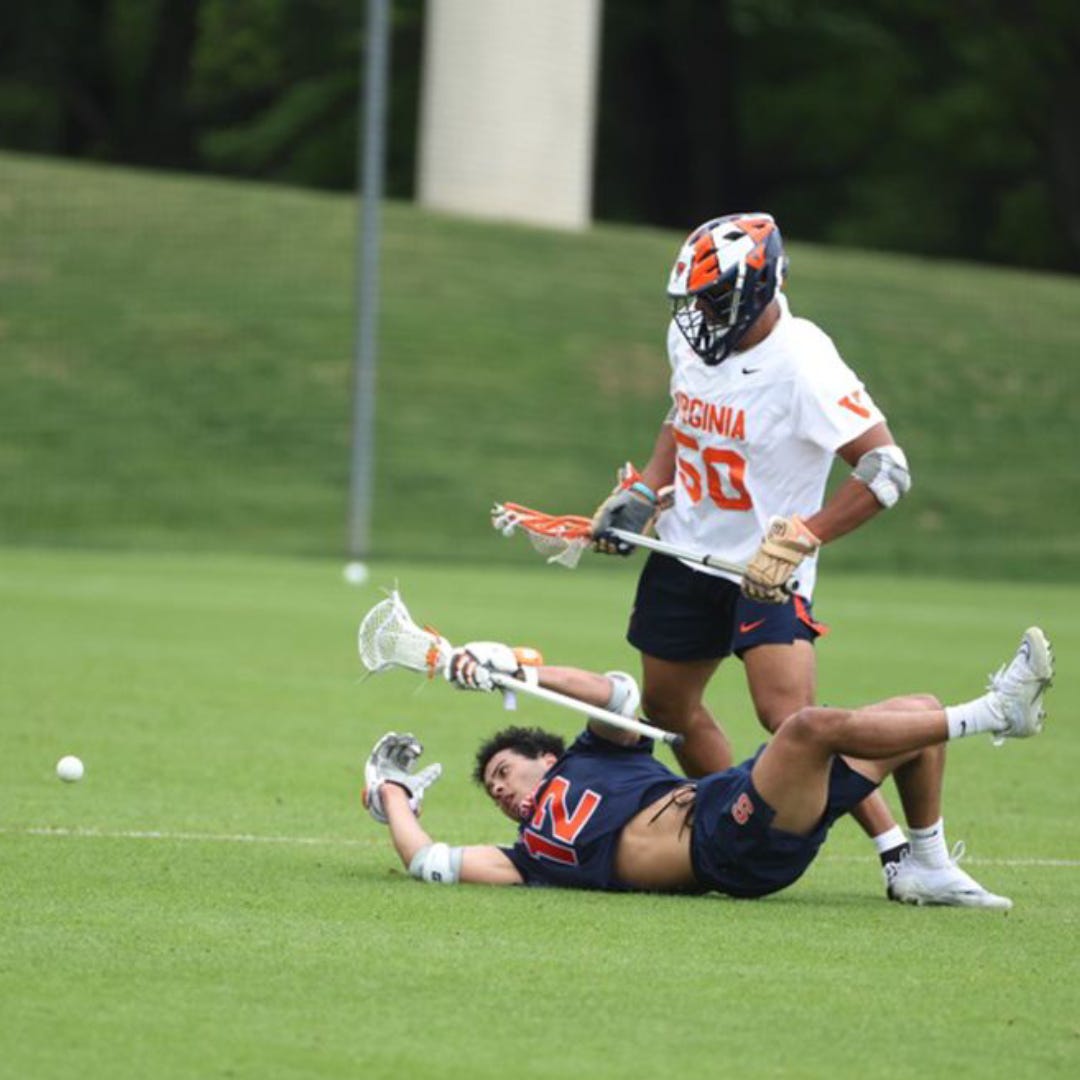
Whether it’s the start of the game and you’re trying to get that head lead, or there’s 3 minutes on the clock and your team is down by 1, the type of defense that is implemented truly matters. To help you understand the objectives and intricacies of both, we’re going over the differences between playing zone defense and man-to-man defense. Let’s break it down.
Man-to-Man Defense
Playing man-to-man defense is exactly what it sounds like. Also known as 1-on-1 or individual defense, this style of defense is played by each defender guarding their own offender. Man-to-man defense is a tougher operation to run, but it is also tougher to score on. What makes this defense harder to implement is because of its high level of individual skill and lacrosse IQ.
Executing a solid man-to-man defense requires athletic and aggressive defensemen who can keep up with who has the ball and knows the right time to approach their offender. An unathletic defense can result in those easy goals that should have never happened due to late slides and sloppy recovery.
Being able to know when it’s time to approach your man is also imperative and can be difficult to learn. If you approach too early, your defense will be too spread out. If you approach too late, you’re giving up an easy shot that’s close to the cage.
Not only does this style of play require high IQ and athleticism, but it also requires prestige communication. This is where the goalie comes into play as they have the best view of the field as they can see where the ball is and can dictate who has the next slide.


Zone Defense
As opposed to man-to-man defense, players in a zone setup are responsible for guarding their own “zone” of the field instead of a man. The defenders in zone shift their positions according to where the ball moves. This style of defense is typically less complicated to implement as it is easier to exchange players when defending since each zone overlaps each other.
Being in a zone defense can dictate the momentum of the offense. If executed well enough, the set up of a zone defense gives the offense less chances to get closer to the cage resulting in them having to work the ball around more.
If a defender in a zone setup gets beat, the rest of the defense has to rotate shifts to recover the broken zone. Although this may be easier to recover than man-on-man defense, it is easy for offenders to catch on once they learn how to draw in the defenders from the overlapping zones.


Final Thoughts
Both strategies have their similarities, but are also vastly different. Choosing which type of defense to implement depends on your defenders’ level of play and knowledge of the fundamentals. If your defenders aren’t aggressive or agile enough for individual defense, you might want to consider a zone defensive setup so your players can have those additional slides for backup when needed.











